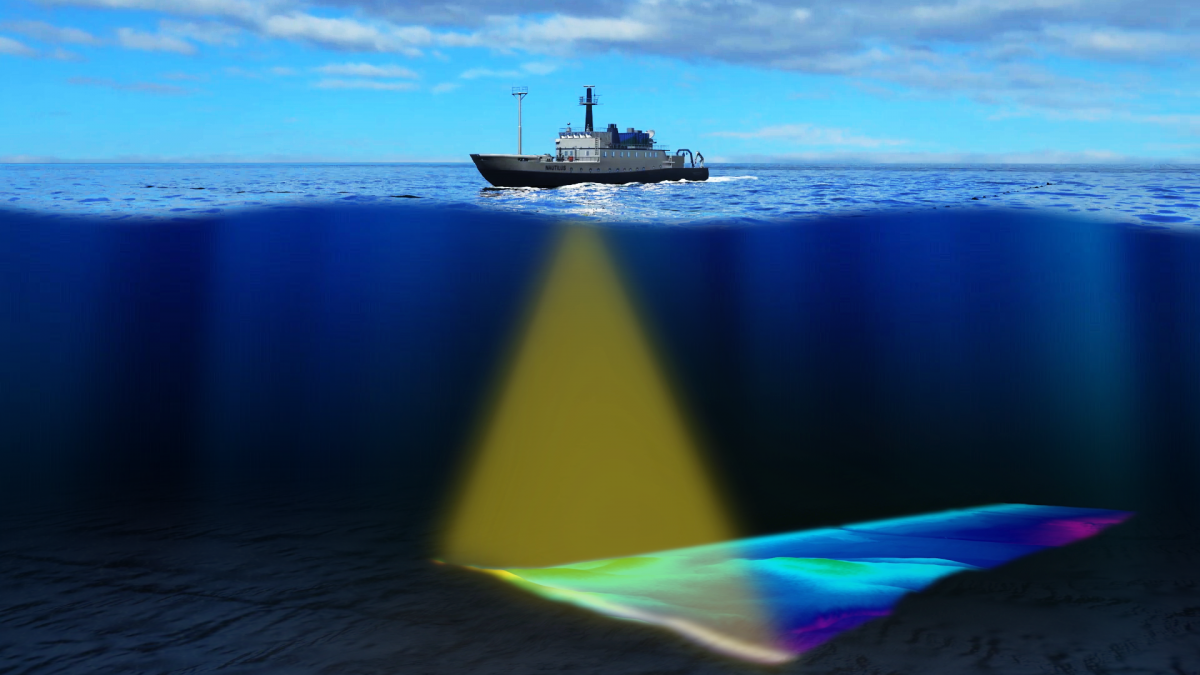ANSI/ASA S12.54 Underwater Noise Source Level Testing
The ANSI/ASA S12.54 standard specifies methods for measuring the underwater noise source level, which is a crucial parameter in various sectors including marine acoustics, sonar systems, and underwater communication devices. This test ensures that equipment adheres to strict acoustic performance criteria, thereby enhancing safety and effectiveness in aquatic environments.
Underwater noise pollution can have significant impacts on marine ecosystems, affecting the behavior of marine life and potentially leading to habitat destruction or alteration. By accurately measuring noise source levels, this testing procedure helps mitigate these risks by ensuring that products are designed with minimal acoustic disruption. This standard is particularly important for industries involved in sonar technology, where low-frequency sound waves can propagate over vast distances, interfering with natural sounds.
Testing for ANSI/ASA S12.54 involves several key steps. First, the apparatus must be properly calibrated according to the standard's specifications. Then, the device being tested is submerged in a controlled environment, typically a water tank or an oceanic setting, where its noise emission is measured using hydrophones. The measurement process requires precise control over environmental variables such as temperature and salinity to ensure accurate readings.
The ANSI/ASA S12.54 standard provides detailed guidance on the acceptable levels of noise that equipment may emit without causing harm or interference. Compliance with this standard is essential for manufacturers, ensuring their products meet regulatory requirements set forth by organizations like the International Maritime Organization (IMO) and the United States Coast Guard (USCG). In addition to environmental protection, adherence to these standards also supports the development of quieter technologies that can operate more efficiently in complex acoustic environments.
Real-world applications of ANSI/ASA S12.54 testing are numerous across various industries. For instance, military sonar systems rely heavily on this standard for ensuring optimal performance and minimal environmental impact. Similarly, commercial shipping companies use compliant equipment to reduce noise pollution and comply with international regulations. Additionally, marine research institutions employ accurate underwater noise measurement techniques to study the effects of anthropogenic sounds on aquatic life.
- Accurate calibration is paramount for reliable measurements.
- Controlled environmental conditions are necessary to ensure precise readings.
Why It Matters
The importance of ANSI/ASA S12.54 testing cannot be overstated, especially given the growing awareness about the impact of human activities on marine ecosystems. By adhering to this standard, manufacturers can contribute significantly towards preserving natural habitats and preventing potential disruptions caused by excessive noise levels.
Compliance with ANSI/ASA S12.54 also ensures that products perform efficiently in challenging acoustic environments while maintaining minimal disturbance to surrounding areas. This is particularly vital for applications like sonar systems, which require high precision and reliability under harsh conditions. Moreover, meeting these standards helps businesses avoid costly penalties associated with non-compliance and enhances their reputation as responsible corporate citizens.
- Preserves natural habitats by minimizing acoustic disturbances.
- Ensures efficient operation in challenging acoustic environments.
Why Choose This Test
- Minimizes environmental impact through precise noise measurement.
- Enhances product reliability in challenging acoustic conditions.
Environmental and Sustainability Contributions
The ANSI/ASA S12.54 standard plays a vital role in promoting sustainable practices within the marine technology sector. By reducing underwater noise pollution, this testing method supports healthier aquatic ecosystems, which are essential for sustaining biodiversity. This is particularly critical as global efforts continue to address issues related to climate change and conservation.
Implementing ANSI/ASA S12.54 standards not only protects marine life but also fosters innovation in quiet technology development. Manufacturers can leverage these guidelines to create more efficient devices that operate with reduced noise emissions, contributing positively to both environmental health and industrial competitiveness.





